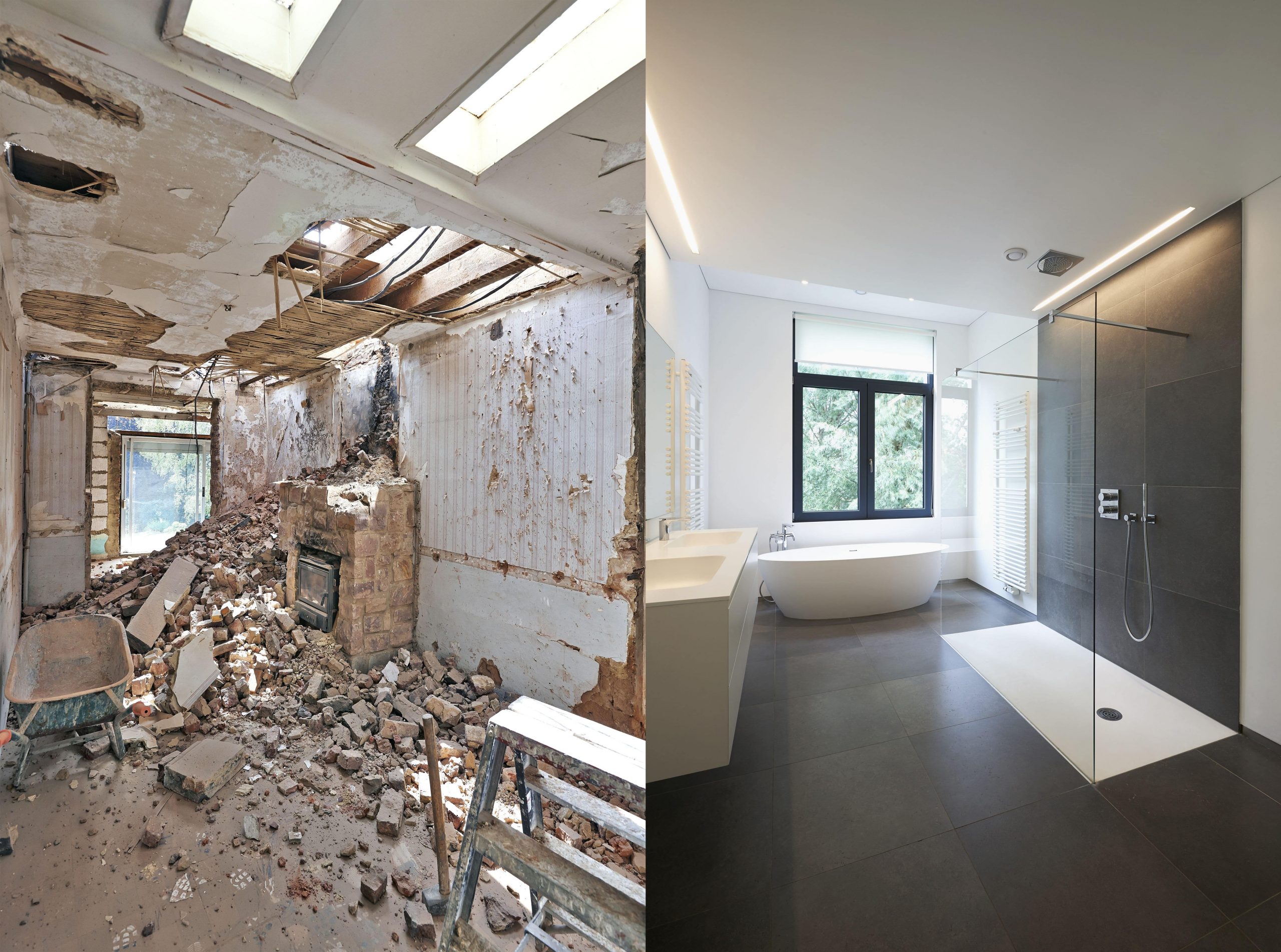Fix-and-Flip Loans Nationwide

Understanding Fix and Flip Loans
Breaking into the real estate market can be a daunting task.
Yet, there’s a way to navigate this challenge.
Fix and flip loans offer a viable solution. They provide the necessary funding to purchase, renovate, and sell properties for profit.
This guide aims to demystify fix and flip loans. It will explain how they work, their benefits, and how to secure them even with average credit.
We’ll delve into key concepts like after repair value and the role of private money lenders.
By the end, you’ll have a solid understanding of fix and flip loans and be ready to start your real estate investment journey.
What Are Fix and Flip Loans?
Fix and flip loans are a type of real estate investment financing. They are designed specifically for purchasing properties that need repairs or renovations.
The goal is to quickly sell the renovated property at a profit. Hence, these loans are typically short-term, ranging from six months to a year. They provide the necessary capital to buy the property, carry out the renovations which increases the property value significantly. This allows the borrower to sell the property for a profit or do a refinance cash out.
The Role of After Repair Value (ARV)
The After Repair Value (ARV) is a crucial factor in fix and flip loans. It is an estimate of the property’s value after all the repairs and renovations are completed.
Lenders use the ARV to determine the loan amount. Typically, they will lend a percentage of the ARV, often between 65% and 75%.
- ARV helps determine the loan amount
- Lenders typically lend 65% – 75% of the ARV
- Accurate ARV estimation is crucial for loan approval and project success
Hard Money vs. Traditional Bank Loans
Hard money loans are popular for fix and flip projects because they don’t rely on credit scores. Instead, these loans are backed by the property being bought. This makes them appealing for new investors and self-employed people wanting to get into real estate.
However, it’s important to know that hard money loans usually have higher interest rates and shorter repayment periods than bank loans. While this may scare off some borrowers, it also means you can get funds faster. So, for people doing fix and flip projects, it’s crucial to think about these factors when choosing the right financing option for their needs.
No Income Verification Loans and Their Benefits
Loans without income verification can help people new to real estate who don’t have a regular income to show to lenders. These loans don’t ask for proof of income, but look at how profitable the property being bought can be. This helps people with different income sources or who work for themselves get money for their real estate projects.
While no income verification loans can be a saving grace for individuals in certain financial situations, it’s important to note that they typically come with higher interest rates compared to traditional loans. Borrowers should research and consider the potential benefits and drawbacks of this type of financing before committing to it. By weighing the pros and cons carefully, borrowers can make an informed decision that aligns with their financial goals and needs.
Securing a Fix and Flip Loan with Bad Credit
Having bad credit can make securing a fix and flip loan more challenging, but it’s not impossible. Many lenders, especially hard money and private money lenders, are more interested in the potential profitability of the project than your credit score.
They often focus on the after repair value (ARV) of the property and your plan for renovation and sale. However, bad credit may result in higher interest rates and stricter loan terms. It’s essential to understand these potential challenges and plan accordingly.
Here are some strategies to secure a fix and flip loan with bad credit 650-670 fico score:
- Improve your credit score: Pay off outstanding debts, make all payments on time, and check your credit report for errors.
- Build a strong proposal: Show lenders that you understand the market and have a solid plan for renovation and sale.
- Be willing to put a larger downpayment, to create bigger equity in the property. This could offset the bad credit and put the lender at ease.
- Consider a partner: If you have bad credit, partnering with someone who has good credit can increase your chances of securing a loan.
- Provide collateral: If you have assets, you can use them as collateral to secure the loan.
Preparing to Apply: Tips and Strategies
- Understand your credit situation
- Research potential lenders
- Create a detailed project proposal
- Include comprehensive budget and timeline
- Provide market analysis for potential profitability
- Have a contingency plan for unexpected costs
- Present a strong case to lenders to increase chances of approval
The Application Process: Step by Step
The application process for a fix and flip loan can vary depending on the lender. However, it typically involves submitting your rehab budget, undergoing a credit check, and providing documentation of your liquid assets.
If your application is preapproved, the lender will issue a term sheet outlining the loan’s terms and conditions. It’s important to review this document carefully before signing.
Conclusion: Starting Your Fix and Flip Journey
Embarking on a fix and flip journey can be a rewarding venture, even for beginners with bad credit. With the right knowledge and resources, you can secure the necessary financing to kickstart your real estate investment career.
Remember, the key to success lies in understanding the lending landscape, building strong relationships with lenders, and making informed decisions. With time and experience, you’ll be able to navigate the world of fix and flip loans with ease and confidence.
